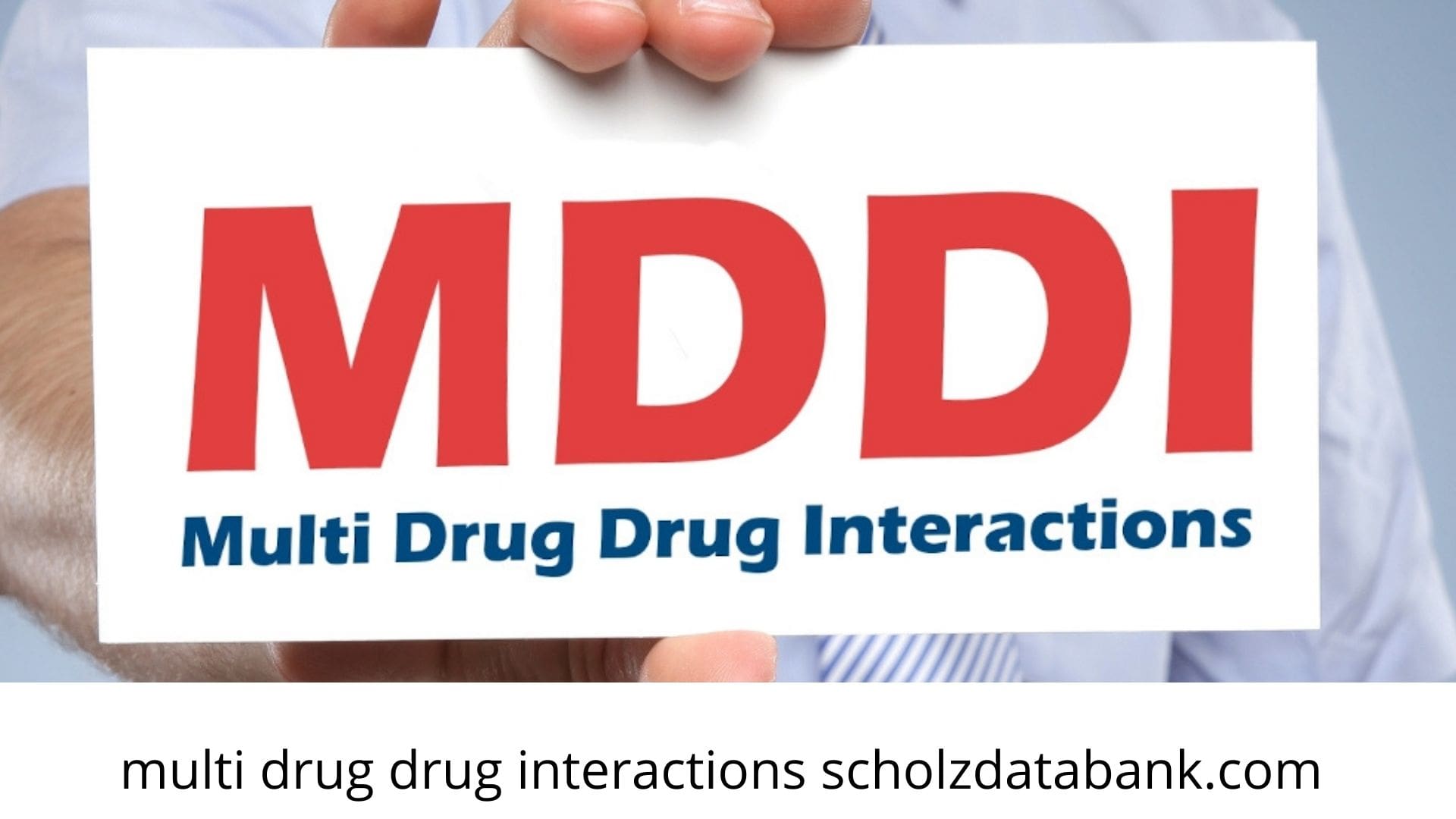Vortioxetine/Trintellix® is an interesting option to treat major depressive disorders as it has usually no significant effects on vital signs such as blood pressure, heart rate, rhythm and function. Concerning drug interactions the prescribing doctor reads in the prescriber information that he should decrease the vortioxetine dose if a strong CYP2D6 inhibitor is used concomitantly and increase in the case of a comedication which is strong a CYP3A4 inducer (1).
However, that is not the whole truth. Vortioxetine is a substrate of CYP2D6, but its metabolism depends to some extent also on several other CYP enzymes such as CYP3A4. Pharmacokinetic studies show in accordance that the strong CYP2D6 inhibitor bupropion causes a 2.5-fold elevated vortioxetine AUC whereas strong CYP3A4 inhibitors such as ketoconazole or itraconazole (6) have a minor impact on the vortioxetine exposure (AUC 1.25-fold) which usually is not of clinical significance. Niemi et al. have analysed how the exposure of drugs might be affected if their metabolism is subject to more than one metabolizing enzyme; they found out that the aggregate effect of blocking two enzymes compared to blocking only one enzyme may be stunningly strong (2, 3). Gemfibrozil and itraconazole caused an increase of the repaglinide AUC to the 19-fold, even if the repaglinide AUC was raised by itraconazole alone only by 40% (2). These insights into the world of multiple drug interactions resulted in the development of SCHOLZ DataBank’s “MDDI” multi-drug-drug-interaction technology (4) with a search engine which may provide instantly an answer how one drug in a medication might be affected by all others also administered. With relevant kinetic properties of marketed drugs stored in the database this answer may be given in millions of possible polypharmacy scenarios. Returning to vortioxetine: it may be expected, that the concomitant therapy of vortioxetine with the strong CYP2D6 inhibitor bupropion and the strong CYP3A4 inhibitor itraconazole causes a substantial increase of the vortioxetine AUC, and SCHOLZ DataBank assesses the resulting AUC actually to be the 4.5-fold; an increased risk of adverse effects such as a serotonin syndrome has to be assumed under these circumstances.
SCHOLZ DataBank gives also an answer to the question if combinations of less strong inhibitors may have a clinical impact. Celecoxib is a moderate inhibitor of CYP2D6 and clinical data shows that the AUC of metoprolol is doubled through its impact (5). As metoprolol is more dependent on CYP2D6 than is vortioxetine the vortioxetine AUC is assessed to be elevated only 1.7-fold when celecoxib is coadministered. However, in combination with itraconazole, the AUC is assessed to be elevated to more than the 2.5-fold. This confirms the viewpoint of Isoherranen et al. concerning the importance of multi-p450 inhibition in drug-drug interaction and the magnitude of this impact through multiple moderate or weak CYP inhibitors (7).
Therefore, the prescribing doctor in his endeavour to support drug safety when prescribing drugs such as vortioxetine should be sensitive not only to the evident great impacts of strong inhibitors but also for the many drug drug interactions caused by multiple effects of drugs which are moderate or weak inhibitors of p450 enzymes. Search Engines based on the MDDI technology may be of help given the fact that polypharmacy scenarios open the door widely to many unexpected, unknown and hidden drug interactions; OTC drugs should be taken into account as, for example, the antihistamine diphenhydramine is a moderate CYP2D6 inhibitor, too (8).
November 7, 2020
Wolfgang Scholz, Founder
Literature:
1) Trintellix Prescriber Information 7/2019; Reference ID 4466572
2) Niemi et al: Effects of gemfibrozil, itraconazole, and their combination on the pharmacokinetics and Pharmacodynamics of repaglinide: potentially hazardous interaction between Gemfibrozil and repaglinide. Diabetologia 2003;46:347–35.
3) Niemi et al: Itraconazole, gemfibrozil and their combination markedly raise the plasma concentrations of loperamide. Eur J Clin Pharmacol 2006;62:463–72.
4) Wolfgang Scholz: Zur Pharmakokinetik von Arzneimitteln bei multiplen Interaktionen; KPH Krankenhauspharmazie 37; 2016: 497-505
5) Werner et al.: Celecoxib inhibits metabolism of CYP2D6 substrate metoprolol in humans; Clin Pharmacol Ther 2003;74:130-7
6) https://www.fda.gov/drugs/drug-interactions-labeling/drug-development-and-drug-interactions-table-substrates-inhibitors-and-inducers#table2-2
7) Isoherranen et al: Importance of multi-p450 inhibition in drug-drug interactions: evaluation of incidence, inhibition magni-tude, and prediction from in-vitro data; Chem Res Toxicol 2012;25:2285-300
8) Hamelin et al:Significant interaction between nonprescription antihistamine diphenhydramine and the CYP2D6 substrate metoprolol; Clin Pharmacol Ther 2000,67:466-77
1) Trintellix Prescriber Information 7/2019; Reference ID 4466572
2) Niemi et al: Effects of gemfibrozil, itraconazole, and their combination on the pharmacokinetics and Pharmacodynamics of repaglinide: potentially hazardous interaction between Gemfibrozil and repaglinide. Diabetologia 2003;46:347–35.
3) Niemi et al: Itraconazole, gemfibrozil and their combination markedly raise the plasma concentrations of loperamide. Eur J Clin Pharmacol 2006;62:463–72.
4) Wolfgang Scholz: Zur Pharmakokinetik von Arzneimitteln bei multiplen Interaktionen; KPH Krankenhauspharmazie 37; 2016: 497-505
5) Werner et al.: Celecoxib inhibits metabolism of CYP2D6 substrate metoprolol in humans; Clin Pharmacol Ther 2003;74:130-7
6) https://www.fda.gov/drugs/drug-interactions-labeling/drug-development-and-drug-interactions-table-substrates-inhibitors-and-inducers#table2-2
7) Isoherranen et al: Importance of multi-p450 inhibition in drug-drug interactions: evaluation of incidence, inhibition magni-tude, and prediction from in-vitro data; Chem Res Toxicol 2012;25:2285-300
8) Hamelin et al:Significant interaction between nonprescription antihistamine diphenhydramine and the CYP2D6 substrate metoprolol; Clin Pharmacol Ther 2000,67:466-77

